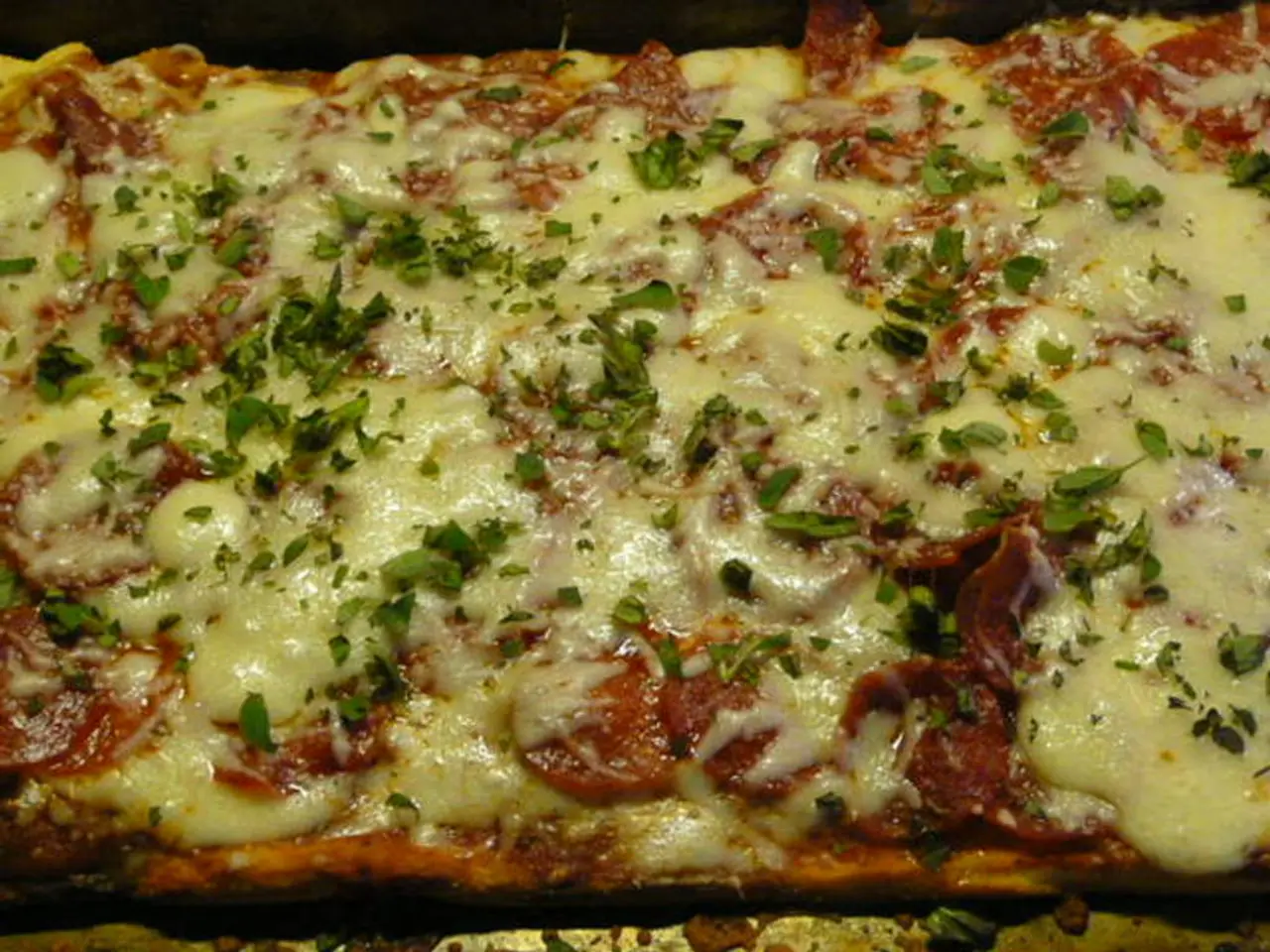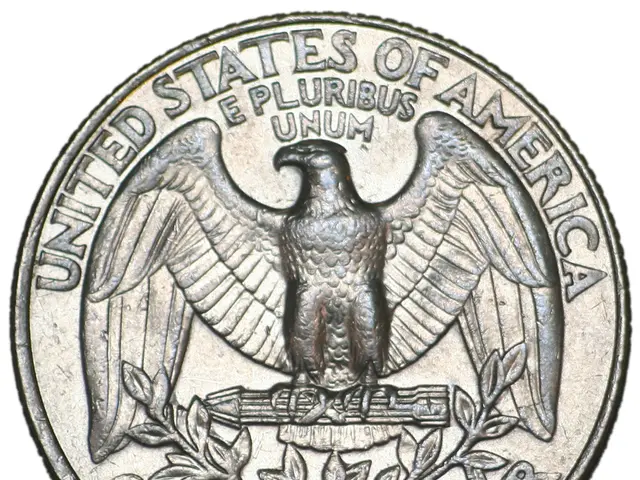Steep increase in beef prices forces historic Philadelphia cheesesteak eatery to potentially hike menu prices, causing surprise among patrons.
=====================================================================
In the United States, beef prices have been on a steady rise since the start of the decade, with the trend accelerating in recent years. The average price for all uncooked beef steaks rose 8% over the past year, hitting $11.49 per pound [1]. Despite this price hike, demand for beef remains strong, particularly during the summer grilling season.
The main contributors to rising US beef prices are drought-induced herd reductions leading to tight supply, slower production and slaughter rates, import restrictions, and sustained consumer demand.
Persistent droughts in major cattle-producing states such as Texas, Oklahoma, and Nebraska over the past several years have severely impacted cattle production. This resulted in widespread herd liquidation, reducing the overall beef cow population to its lowest since 1965 [2]. The smaller herd has decreased calf crops and availability of feeder cattle, tightening supply.
The USDA forecasts lower beef production in 2025 and 2026 due to slower fed cattle slaughter and reduced feeder cattle supplies [3]. For 2026, beef production is expected to decline by 5% year over year, and slaughter steer prices are anticipated to rise to new highs.
Since May 2025, there has been a ban on live cattle imports from Mexico, restricting supply further [3]. This, combined with strong consumer demand, has created sustained upward price pressure through 2025 [1][2][3].
From a market size perspective, the beef cattle production industry's revenue grew at a compound annual growth rate (CAGR) of 6% between 2020 and 2025, reaching about $95.9 billion in 2025 [2][4]. Price increases have been significant, with beef and veal prices rising over 10% from June 2024 to June 2025, and projections indicate continued price increases of around 8.8% in 2025 due to tight supplies and demand [1].
Looking ahead, higher prices are expected to persist until herd rebuilding accelerates and international supplies increase; Brazil and Australia are expanding beef production and exports, which may eventually ease global supply pressures and reduce US prices over the longer term [2].
The impact of these rising prices can be seen in the restaurant industry. Ken Silver, the president of Jim's South St. restaurant in Philadelphia, is considering raising the price of his $13.49 cheesesteak sandwich due to soaring beef prices. Silver experienced "sticker shock" when he reopened his restaurant last year, with the price of beef over $7 per pound. The price of Silver's cheesesteaks has increased from $11.49 in 2022 to $13.49 currently, due to a fire-related closure [5].
Jim's South St. is a Philadelphia institution known for its cheesesteaks, founded by Silver's father in 1976. The typical cheesesteak at Jim's South St. is made with thinly sliced beef, cheese, and onions. Silver is currently absorbing the price increase and hoping for a reduction after the summer months.
The average price of ground beef reached $6.12 per pound last month, marking an increase of nearly 12% from a year earlier [1]. In 2020, the average price of ground beef was $4.63 per pound. By 2025, consumers are paying between $6.12 and $6.34 per pound - a rise of approximately 36% since 2020 [6].
Despite the price hikes, the cheesesteak remains a staple in Philadelphia's food scene. The strong demand for beef, particularly during the summer months, suggests that consumers are willing to pay the higher prices for their favourite dishes.
References:
[1] USDA. (2025). Livestock, Dairy, and Poultry Outlook. Retrieved from https://www.usda.gov/oce/olip/meatprice/pubs/meatprice.pdf
[2] USDA. (2025). Cattle on feed: Marketings for feedlots with capacity of 1,000 or more head. Retrieved from https://www.usda.gov/media/blog/2025/04/15/cattle-feed-marketings-feedlots-capacity-1000-or-more-head
[3] USDA. (2025). Livestock, Dairy, and Poultry Outlook - May 2025. Retrieved from https://www.usda.gov/media/blog/2025/05/15/livestock-dairy-and-poultry-outlook-may-2025
[4] IBISWorld. (2025). Beef Cattle Production in the US - Market Research Report. Retrieved from https://www.ibisworld.com/united-states/market-research-reports/beef-cattle-production/
[5] Philadelphia Inquirer. (2025). Jim's South St. cheesesteaks now cost $13.49, up from $11.49 before the fire. Retrieved from https://www.inquirer.com/food/restaurant-review/jims-south-street-cheesesteak-price-increase-fire-20250519.html
[6] Statista. (2025). Average retail price of ground beef in the United States from 2010 to 2025. Retrieved from https://www.statista.com/statistics/1112696/average-retail-price-of-ground-beef-in-the-us/
- In the realm of media, the escalating prices of beef in the United States have been a subject of extensive coverage, with numerous reports detailing the impact on the restaurant industry and everyday consumers.
- The financial implications of these price hikes are not limited to beef producers; businesses that rely on food-and-drink supplies, such as restaurants and supermarkets, are experiencing increased expenses as well, potentially affecting their profit margins and, in turn, the overall business landscape.
- As lifestyle trends shift towards home cooking, soaring beef prices might drive an increased interest in alternative protein sources, offering opportunities for businesses in the food-and-drink sector that cater to plant-based diets or other non-traditional meats.






